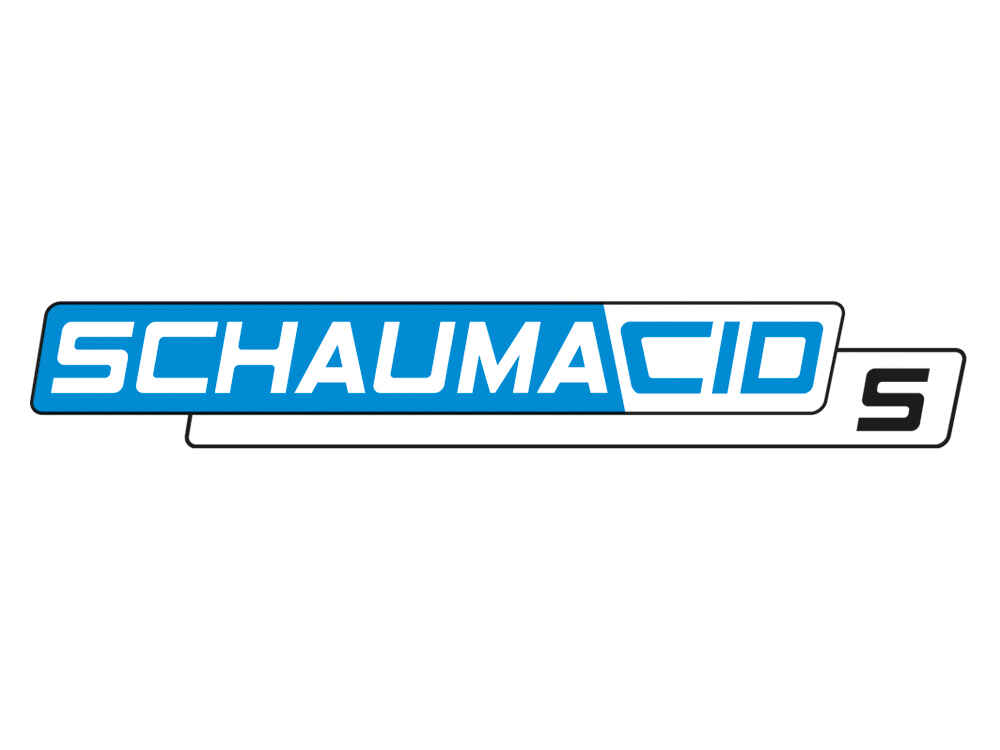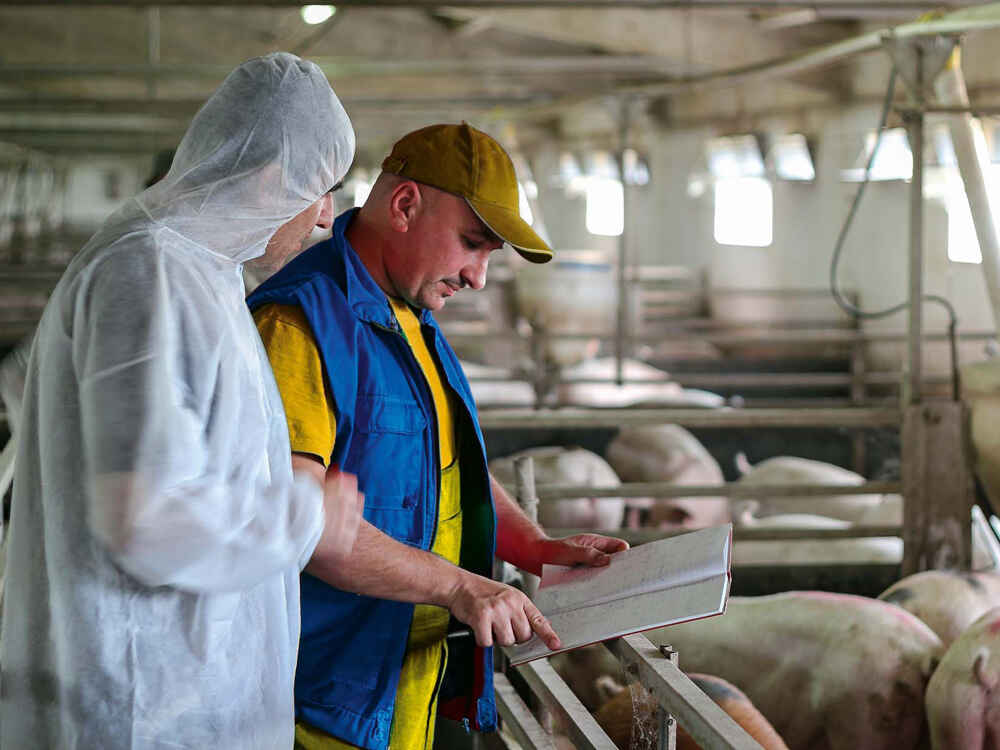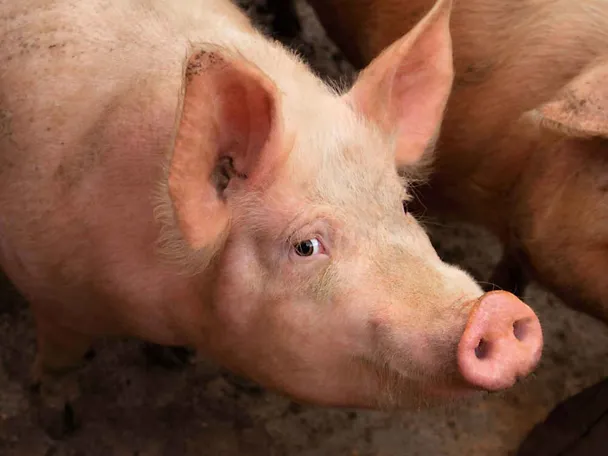SCHAUMACID S combats salmonella in pigsty

In addition to thorough cleaning in sheds and strict pest control measurements, special feeding measures are one of the most effective ways of preventing a salmonella infection and improving intestinal health in pigs. In vitro studies at the Austrian Biotech University of Applied Sciences (FH Tulln) provide evidence of the immediate and long-lasting minimising effects of SCHAUMACID S on salmonella.
Studies prove the influence of feed structure on the rate of salmonella infection in animals. It was found that meals and coarsely ground feed had a more positive effect than pelleted or granulated feeds. This effect can be explained above all by the fact that short chain fatty acids (propionic, butyric and acetic acids) are formed in the large intestine during carbohydrate fermentation.
Feeding coarsely ground cereals has a forcing effect on the formation of these short chain fatty acids. These environmental changes in the chyme of the large intestine promote an antimicrobial effect on pathogenic bacteria that is similar to the well-known mode of action of feed acids. In the case of an acute bacterial infection, the sole use of a coarsely ground meal may, however, not be sufficient in some circumstances in achieving a rapid reduction in pathogenic bacteria.
Studies prove the influence of feed structure on the rate of salmonella infection in animals. It was found that meals and coarsely ground feed had a more positive effect than pelleted or granulated feeds. This effect can be explained above all by the fact that short chain fatty acids (propionic, butyric and acetic acids) are formed in the large intestine during carbohydrate fermentation.
Feeding coarsely ground cereals has a forcing effect on the formation of these short chain fatty acids. These environmental changes in the chyme of the large intestine promote an antimicrobial effect on pathogenic bacteria that is similar to the well-known mode of action of feed acids. In the case of an acute bacterial infection, the sole use of a coarsely ground meal may, however, not be sufficient in some circumstances in achieving a rapid reduction in pathogenic bacteria.
Organic acids
Applying an organic acid combination via feed and/or water is an effective measure for rapidly reducing pathogenic bacteria. The cleansing effect starts as soon as the combination comes into contact with feed or water. Once in the stomach, its barrier effect against pathogenic bacteria is supported by reducing pH levels in the contents of the stomach.
Research results
An in vitro study at FH Tulln provides evidence of high levels of effectiveness against salmonella, as well as E. coli, clostridium and staphylococcus.
| Quantity of SCHAUMACID S dispensed in % | Bacteria growth in % compared to control (100%) | |
|---|---|---|
| Salmonella | Quantity of SCHAUMACID S dispensed in % 0,28 | Bacteria growth in % compared to control (100%) 4,7 |
| E. coli | Quantity of SCHAUMACID S dispensed in % 0,14 | Bacteria growth in % compared to control (100%) 8,9 |
| Staphylococcus | Quantity of SCHAUMACID S dispensed in % 0,28 | Bacteria growth in % compared to control (100%) 22,0 |
| Clostridium | Quantity of SCHAUMACID S dispensed in % 0,28 | Bacteria growth in % compared to control (100%) 3,0 |
The minimal inhibitory concentration (MIC) was determined as an assessment parameter for antibacterial effectiveness. MIC represents the smallest quantity (concentration) of acid additive that is necessary to reduce the growth of harmful bacteria to <25% at a defined pH level.
Evaluation
The study was carried out under defined conditions. The comprehensive trials not only demonstrate resounding effectiveness against gram-negative bacteria such as salmonella and E. coli. Gram-positive bacteria were also strongly inhibited. By using SCHAUMACID S, the growth of salmonella was impressively reduced to just 4.7% of the 100% control at the recommended dose (see table). Through a targeted selection of acids, the infection rate of salmonella in the intestinal tract is effectively minimised and any new harmful bacteria are successfully controlled in the digestive tract.
The investigations at FH Tulln confirmed that SCHAUMACID S is the feed acid of choice when it comes to effectively reducing salmonella.



